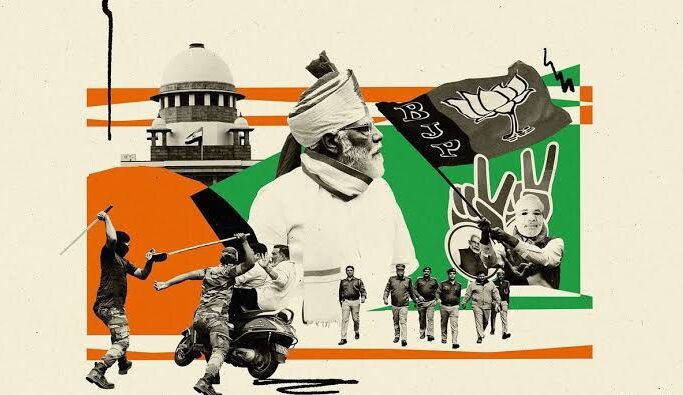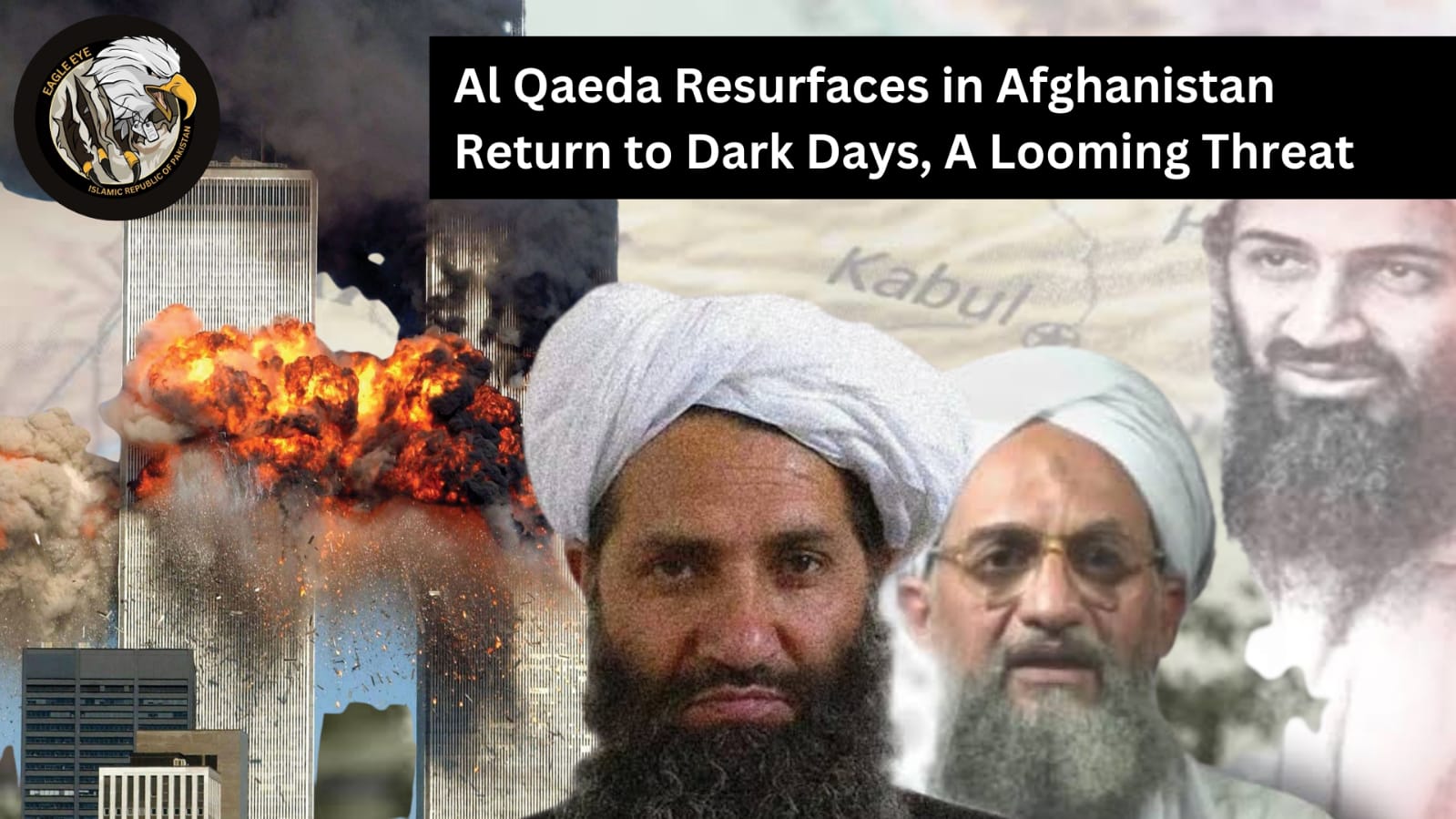Note: In this article the author has discussed the saffron threat to South Asian strategic stability as well as has discussed the aftermath of such instability.
While many volumes of literature have been written from an Indian–centered nationalistic perception, of regional stability in a region that is potentially coming up to become the centerpiece of contemporary international relations, and global economic and power dynamics, i.e. South Asia, not much work is seen in international strategic and defense journalism on a more wholesome and well-rounded overview of the collective strategic stability and security interests of the region and its many countries. It is mistake many amateurs make while assessing, and indeed analyzing a region’s long-term security, of focusing their attentions solely towards one or more of the ‘regional heavyweights’.
This is, of course, an inherently flawed approach that leads to, in less serious instances relating to commercial defense literature, an incorrect geopolitical view within a country’s domestic population (which in itself causing some major indirect problems), or in more serious cases, a deeply twisted and often-times dangerous perception of own national power and how the dynamics of regional and national security interact with each other to weave the tapestry of regional long-term strategic stability.
In south Asia, it is most apparent that the “rogue one out” is the Indian Republic. Let me be more clear, it is less so the Indian state as much as the Indian religio-political juggernaut, centered around the Hindutva paramilitary group RSS, and its daughter organization known as the BJP – India’s ruling political party. While the BJP-RSS government’s fascist tendencies are a veritable threat, more so is the militaristic threat emanating from India, one that places all countries of the region in threat. It is no secret of how India continues to militarily encroach upon territories in its northwest and northeast regions against claims by both Pakistan and China, meant to brew strategic instability in the region and invite American and western support for its military machine.
Also of note is the continued oppression and occupation of the Kashmiri people and their land by over half a million Indian troops, a point of major contentions between two nuclear-armed neighboring countries. These issues alone can attest for the fact that India is a revisionist state hell-bent on increasing regional instability. In 2022, Pakistan marked 75 years of the Indian illegal and forcible occupation of Jammu and Kashmir. Then, Pakistani diplomatic activities were aimed at reminding the world of India’s nefarious designs behind its illegal and unilateral measures instituted on 5th August, 2019 that stripped IIOJK of its special status, and the subsequent series of reprehensible measures seeking to alter the demographics of the occupied territory, in utter defiance of international law, including UN Charter, UN Security Council resolutions and the 4th Geneva Convention.
India forcibly landed its troops seventy-five years ago on 27th October 1947 in the IIOJK and continues to illegally occupy the territory ever since. In these 75 years, India has resorted to widespread and systematic human rights violations, unleashed the worst form of state-terrorism and used inhuman methods to crush the legitimate Kashmiri struggle for self-determination, in complete disregard of human rights norms and humanitarian laws.
Other issues or recent events that increase or point towards our assessment of India as a major threat to regional stability is its increasing military capabilities, which are not being compounded with correct and professional practices. The major event that cements this conclusion is the accidental firing of a nuclear-capable missile from India’s Sirsa AFS to Pakistan’s Punjab province in March 2022. The incident was well-covered in international media, as it should have, but only a small amount of coverage was given to what this unprofessional incident entails: the Indian military does not possess the amount of training required as it expands its nuclear weapons capability and also its command and control mechanism for the same is unequipped at best and faulty at worst.
Anxieties about India’s surging Hindutva ideology have already manifested among the diaspora communities of the two countries and it looks like they are permeating into minds of the policymakers and policy influencers in Pakistan as well. India, being a nuclear power, needs to exhibit a higher level of consciousness about the dangers of a lack of trust. The incident raises questions not only about India’s operational safety procedures and controls, but also the extent to which its offensive strike missiles are deployed in a launch-ready condition.
Another incident is the illegal and flourishing Uranium black market in India. In 2021-22, six incidents were recorded in India that we know of, of massive Uranium black market transactions, potentially to international clients which may include terrorist organizations and black-listed entities including the IRGC. In one case, Indian police arrested two men in Maharashtra on May 7 2022 for possessing 7.1 kilograms of uranium, estimated to be worth more than $2.8 million.
The focus of this article remained on the by now elusive ‘Strategic Stability in South Asia’. Unfortunately, despite the best efforts of some of the best brains in the business, South Asia has remained on a slippery slope over the years lurching dangerously towards strategic instability rather than strategic stability. When we use the word ‘strategic’, we do not imply nuclear stability alone, but refer to the much larger and wholesome concept of strategic stability encompassing in its fold, the many elements of national power and strategy. At the outset, we would like to begin by stating what today is a South Asian reality; the reality is that it is Pakistan that must shoulder the responsibility of maintaining the vital strategic balance in the conventional and nuclear equation with India as the critical determinant of the state of strategic stability in South Asia.
If Pakistan were to allow imbalances to be introduced in the strategic equation, South Asia would list towards serious strategic instability. This in turn would lead to catastrophic consequences in view of India’s historically persistent and insatiable drive for regional domination especially given India’s current irrational, unstable and belligerent internal and external policies. By default, over the decades therefore, it has been a Pakistani responsibility not to allow the South Asian strategic stability to be disturbed to its disadvantage despite India’s repeated efforts to make it unstable.
A point that runs as a scarlet thread through the last five decades as a constant is the fact of large-scale budgetary allocations aimed at massive induction of equipment and technology and expansion in India’s three conventional armed services, its nuclear forces on land, air and sea, as also a dangerous reach in space. It would be accurate to conclude that these allocations and inductions keep South Asia in a perpetual state of strategic instability. However, because Pakistan consciously will not indulge in a conventional arms race except to seek qualitative upgrades, it is compelled to seek security and strategic stability, by investing in appropriate nuclear weapons through quality, quantity, doctrines and the concept of Full Spectrum Deterrence. Pakistan’s response of strengthening its Full Spectrum Deterrence in an operational environment of relative conventional asymmetry is therefore apt and ensures that South Asia will remain strategically stable.
#WhiskeyPapa
#TeamPakistanStrategicForum






